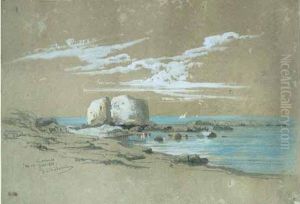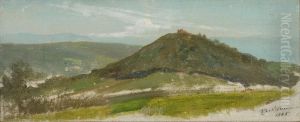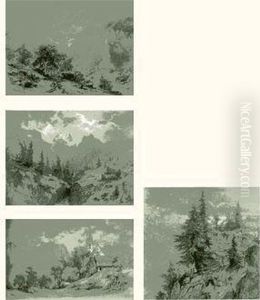Francois Louis Fritz De Niederhausern Paintings
François Louis Fritz de Niederhäusern, more commonly known by his nickname Rodo, was a Swiss artist born on September 6, 1888, in Morges, Switzerland. His artistic journey began under the guidance of his father, who was a decorator and painter, fostering in Rodo an early appreciation for art and craftsmanship. His formal education in the arts took him beyond the Swiss borders to Munich and Paris, where he was significantly influenced by the burgeoning movements of modernism and the vibrant artistic communities he encountered.
Rodo's work is notable for its eclectic style, which evolved over the years, incorporating elements of post-impressionism, symbolism, and later, modernist abstraction. Initially, his work focused on landscapes and portraits, capturing the essence of his subjects with a unique sensitivity and a keen eye for the interplay of light and color. His portraits, in particular, were celebrated for their depth and the ability to capture the psychological complexity of the individual.
During World War I, Rodo served in the Swiss army, an experience that deepened his introspection and influenced his subsequent artistic output. After the war, his work took a more introspective and abstract turn, reflecting the broader existential queries and the trauma that the war had inflicted on European society.
Rodo was also deeply engaged with the artistic community, contributing to various journals and participating in numerous exhibitions across Europe. His commitment to the arts extended beyond his own practice; he was instrumental in fostering a vibrant cultural scene in Geneva, where he was based for much of his life.
Despite his contributions and the respect he garnered among his peers, Rodo remained relatively obscure outside of Switzerland during his lifetime. It was only posthumously that his work began to receive broader recognition, with exhibitions and retrospectives highlighting his unique contribution to early 20th-century European art.
François Louis Fritz de Niederhäusern passed away on February 21, 1953, in Geneva, Switzerland. Today, he is remembered not only for his diverse and evolving artistic style but also for his deep commitment to the cultural life of his country and his role in the transitional period of European art between the wars.
